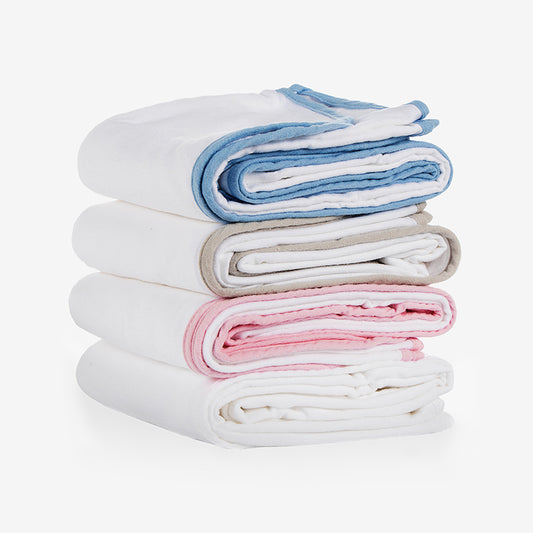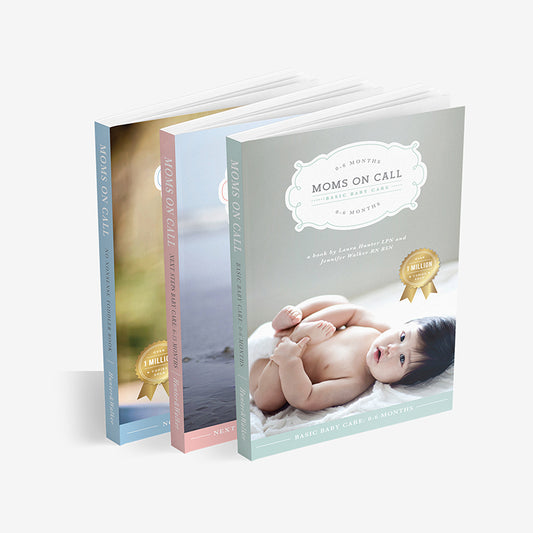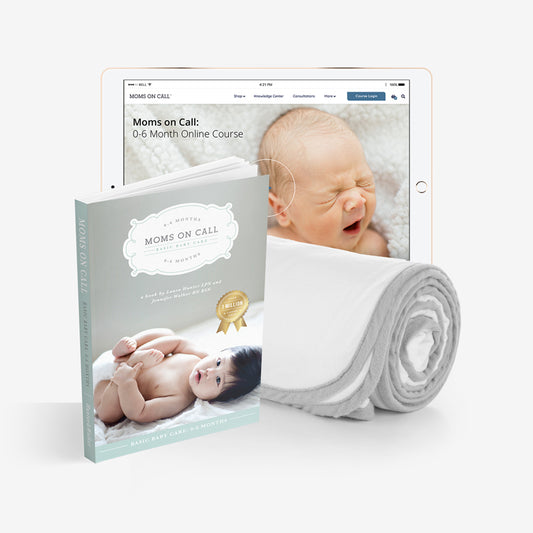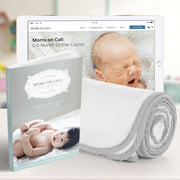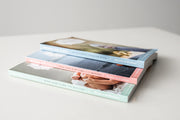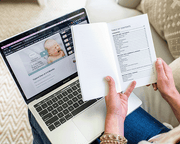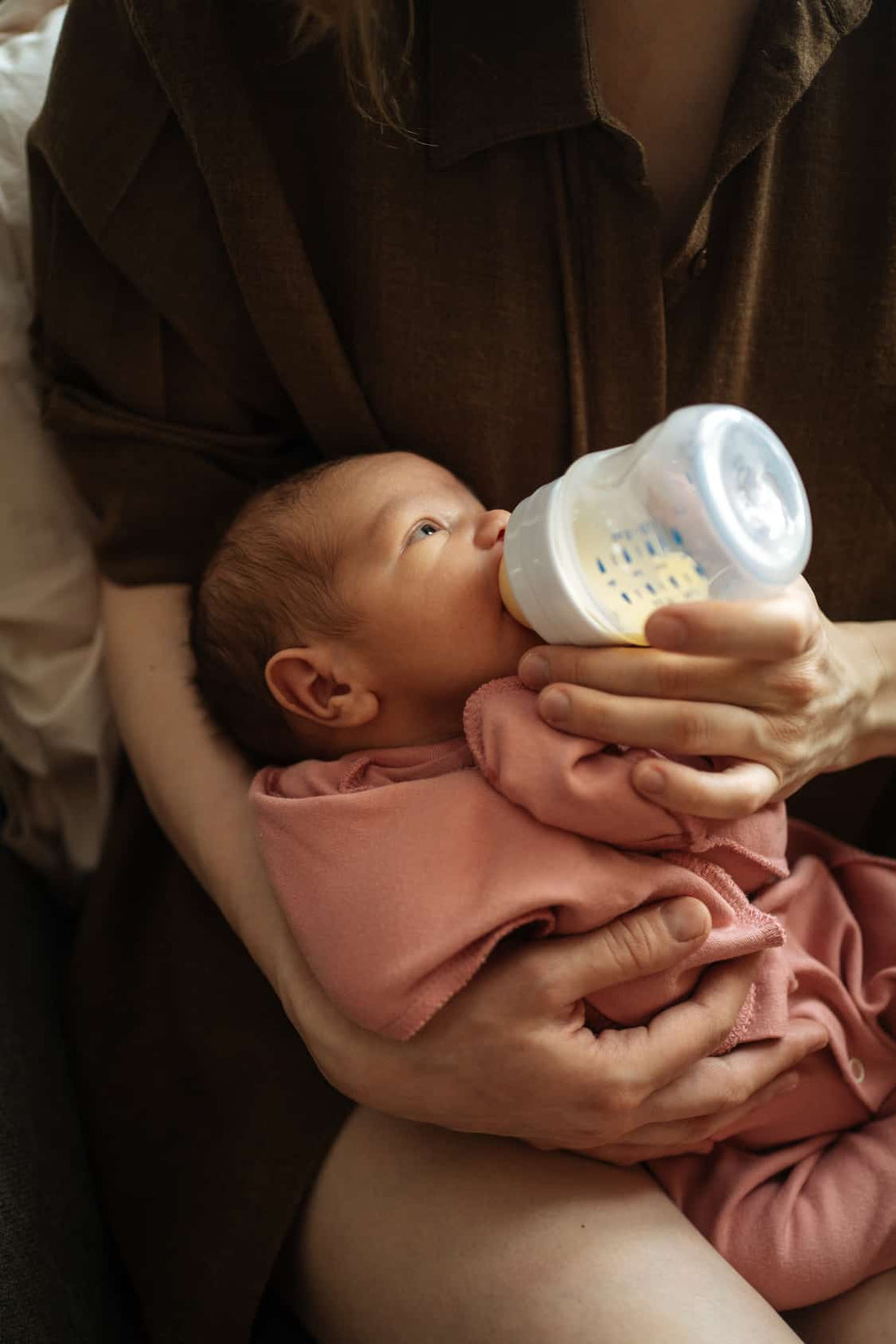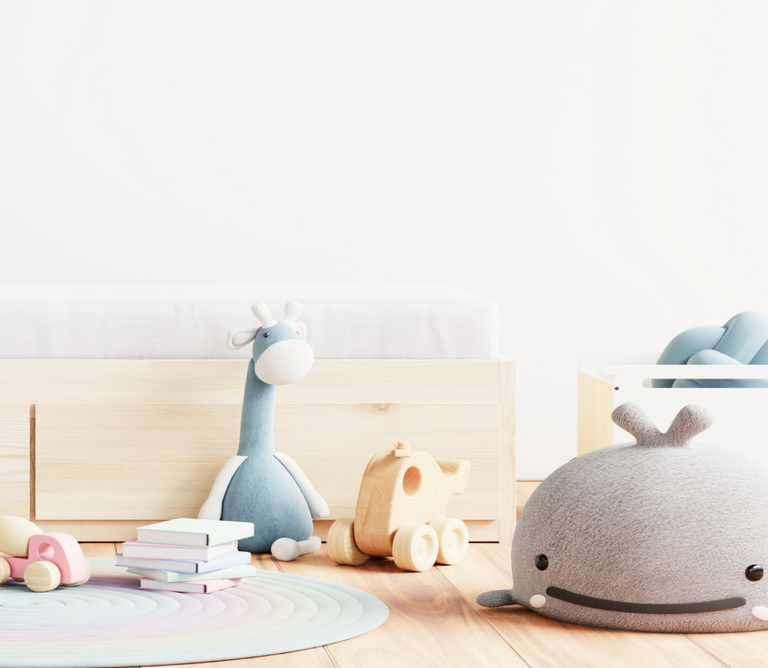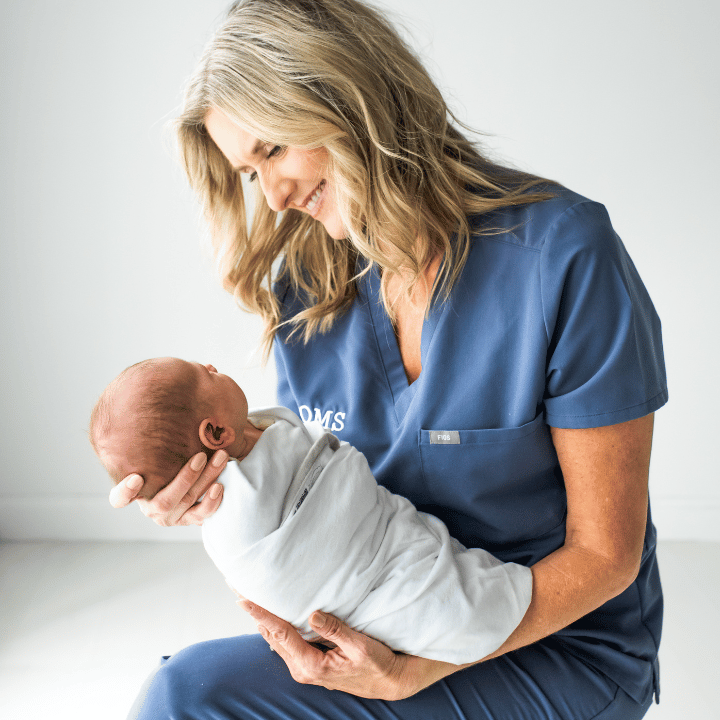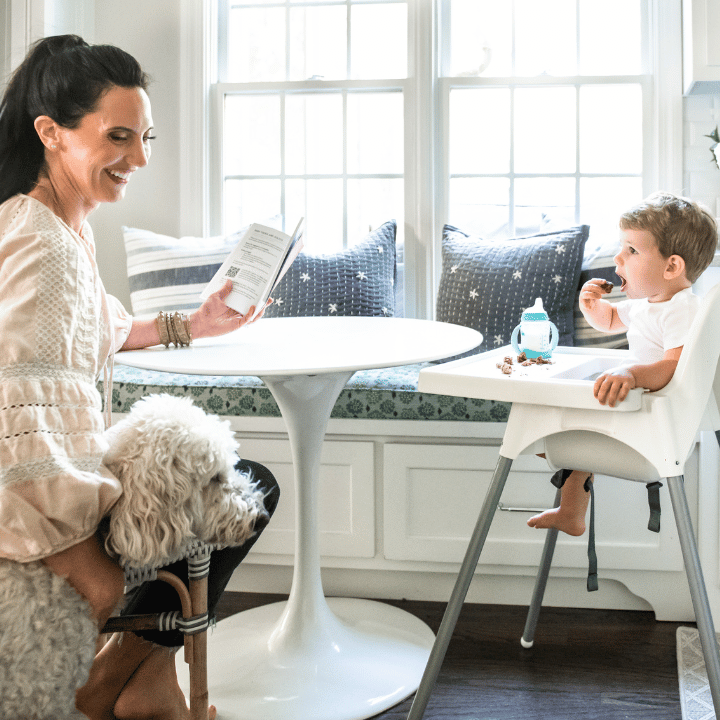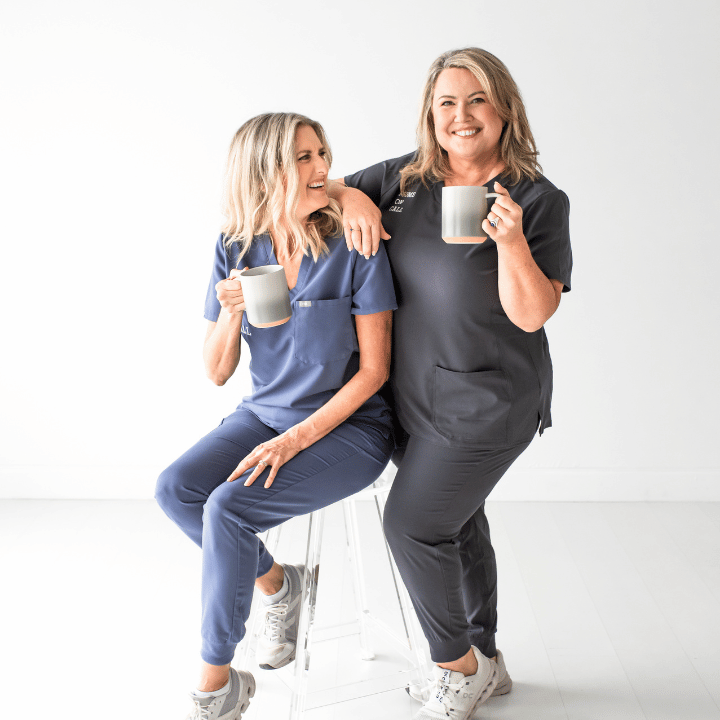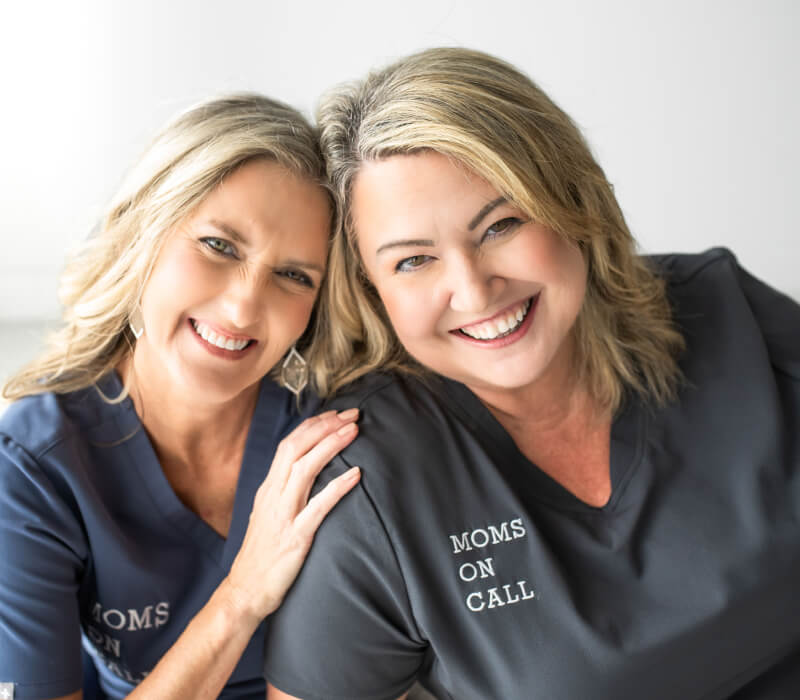At Moms on Call, we believe in feeding your little one...no matter how you do it! Feeding will look different for every family. You may be nursing exclusively, nursing some and bottle feeding some, or you may have chosen to exclusively bottle feed. Here is what we know, the way you feed your little one is not nearly as important as the heart of the one doing the feeding.
Contrary to popular belief, you CAN supplement with formula and still nurse or pump for your baby. We may need to supplement with formula on occasion for a variety of reasons. Today we discuss the why, when, and how to do this.
Why Would You Need to Supplement?
- Temporary supply issues or weight-gaining issues in those first few days.
- Your medical professional may suggest this before leaving the hospital, or at your first visit for the baby.
- Storage supply not yet built up.
- You're exclusively pumping and do not have enough to cover feeds.
- Building a supply can take time, and that is okay! Take a look at our Breastmilk Pumping & Storage Tips.
- Extending the duration of stored breastmilk.
- Weaning
- If we decide to wean the baby from the breast before we transition to whole milk (1 year of age), we will supplement with formula until we move to whole milk.
When to Supplement?
- After nursing the baby or providing a pumped bottle.
- You can offer the breast/pumped bottle first, then provide a supplemented bottle to the top off the feeding.
- In place of nursing.
- You may be cutting down on nursing sessions.
- Offer the breast every other feed and provide the supplemented bottle between breastfeeding.
- You may be cutting down on nursing sessions.
- Middle of the night feeding.
- This is a great option for when the other parent wants to help at night. You can offer a supplemented bottle for the middle of the night feed, allowing Mom (and her body) to get some extra rest!
- In place of one feeding a day.
How to Supplement with Formula?
- Place only the formula in the bottle. (Use code MOMSONCALL25 for 25% off subscription for first-time subscribers. This is a special discount that is only given to our Moms on Call families!)
- Use a formula and breastmilk combination.
- Prepare the formula first following the formula instructions, then add breastmilk.
- Once combined, use within 24 hours. Keep in mind, freshly pumped breastmilk is good for 3-4 hours, while thawed breastmilk can be used within 24 hours. Follow this rule when discarding unfinished bottles.
- Alternate every other feeding.
- We can offer either the breast or bottle of breastmilk every other feed, and formula for the feeds in between.
- Offer formula in place of pumped breastmilk once or twice a day.
Supplementing with formula may help give you a well-needed break without the stress of pumping. You may also find that you are able to extend how long you have breastmilk available by offering some formula. Remember, there are many ways to feed our little one and it does not have to be all one way or another. Combinations of all the ways may be exactly what you need.
For more tips on what feeding amounts may look like, the number of feedings a day by age, and the typical amount of time a feeding may take, check out Feeding Guidelines for the First Six Months.
You are the best one to decide what works in your home, at this particular season of your life with this baby and we are here to help with whatever your feeding journey may look like. You've got this!

